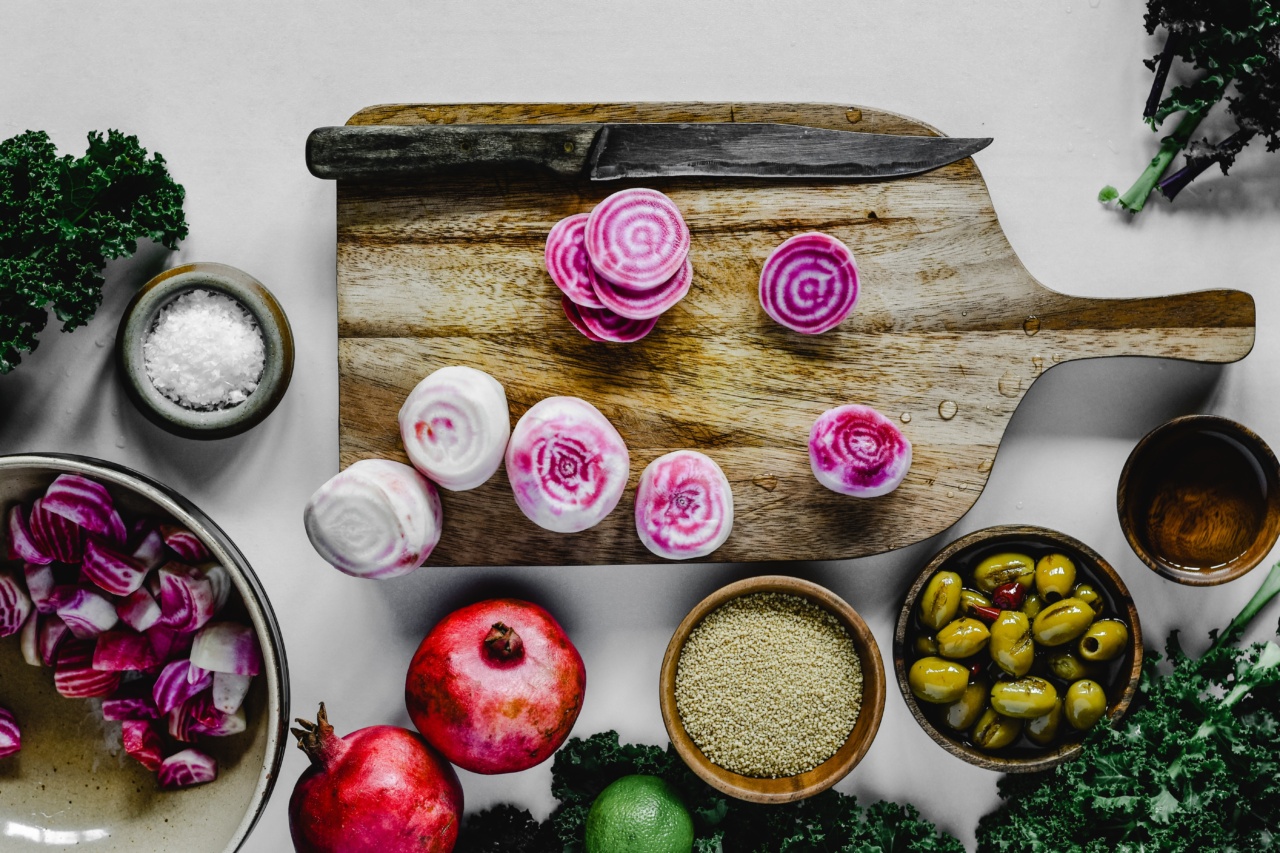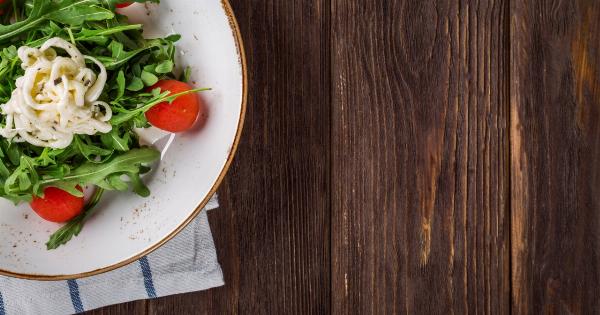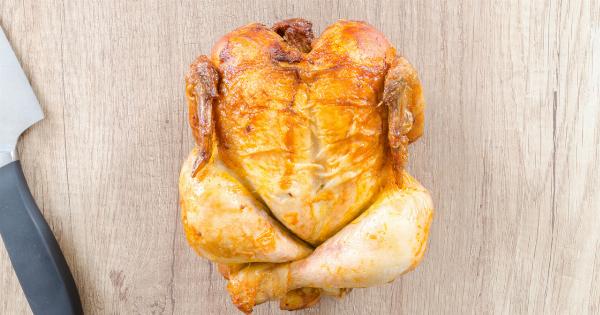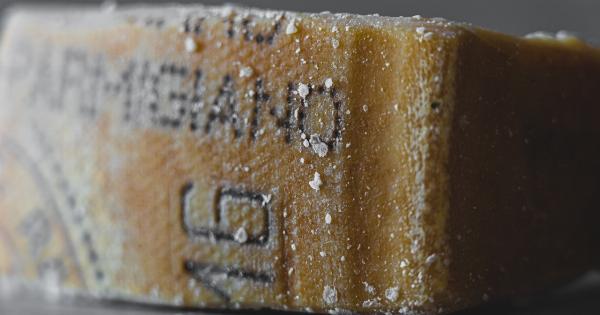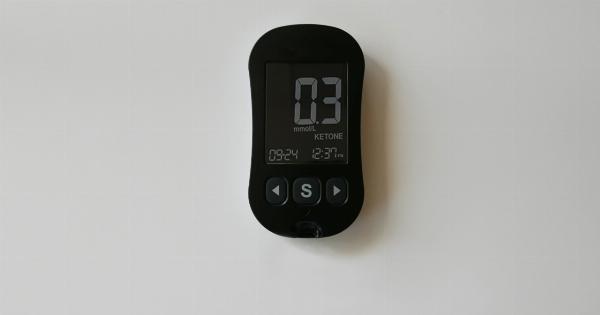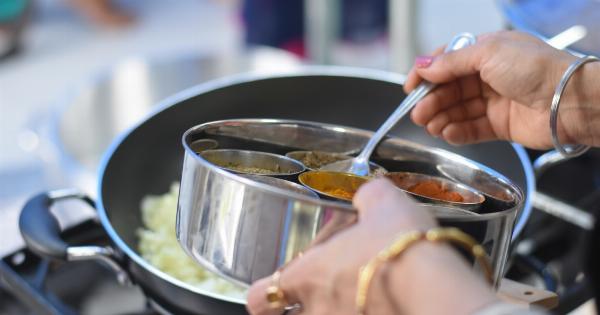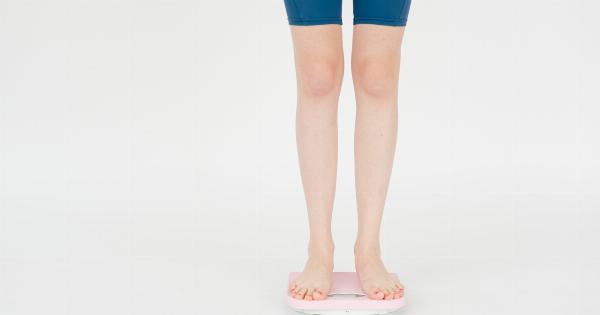Excessive salt intake can have negative effects on our health, including an increased risk of high blood pressure, heart disease, and stroke. It is important to be mindful of the amount of salt we consume daily and take steps to reduce it.
In this article, we will discuss ten easy ways to cut back on salt in your food and make healthier choices without compromising on flavor.
1. Read Food Labels
One of the easiest ways to monitor your salt intake is to read food labels carefully. Choose products with lower sodium content and avoid those labeled as high in sodium. Compare different brands and opt for the ones with the least amount of salt.
2. Use Herbs and Spices
Instead of relying on salt to enhance the flavor of your dishes, experiment with herbs and spices. Fresh or dried herbs such as basil, rosemary, thyme, and oregano can add a burst of taste to your meals.
Similarly, spices like cumin, paprika, cinnamon, and turmeric can elevate the flavor profile without the need for excess salt.
3. Cook from Scratch
Preparing meals from scratch gives you full control over the ingredients you use, including salt. By cooking at home, you can significantly reduce your salt intake.
Instead of pre-packaged meals or takeout, try to cook fresh and wholesome meals using natural ingredients. This way, you can season your food in a healthier and more balanced way.
4. Limit Processed Foods
Processed foods are notorious for their high salt content. This includes items such as packaged snacks, ready-to-eat meals, canned soups, and condiments. Opt for fresh, whole foods whenever possible and limit your consumption of processed items.
You can cut back on a significant amount of sodium by making this simple change.
5. Rinse Canned Foods
If you do use canned foods, try rinsing them under water before consuming. This can help remove some of the excess salt used in preserving the food. For example, rinsing canned beans or vegetables can reduce their sodium content by up to 40%.
Make sure to drain them well afterward to retain their nutritional value.
6. Choose Low-Sodium Alternatives
Many condiments, sauces, and seasonings have low-sodium or no-salt-added versions available. Opt for these alternatives while grocery shopping. For example, choose low-sodium soy sauce, reduced-salt broth, and salt-free seasoning blends.
These alternatives provide similar flavors without the excessive sodium levels.
7. Be Mindful of Salty Snacks
Salty snacks like chips, pretzels, and popcorn are tempting and delicious but can significantly contribute to your daily salt intake.
Instead of reaching for these high-sodium snacks, try healthier options like air-popped popcorn, raw nuts, or fresh vegetable sticks. If you are craving something crunchy, you can make your own baked vegetable chips with little to no salt.
8. Gradually Reduce Salt
If you are used to consuming high amounts of salt, it might be challenging to suddenly cut it out completely. Instead, try gradually reducing your salt intake over time.
Your taste buds will adjust, and you will eventually find that you need less salt to enjoy your meals. Give your palate a chance to adapt to new flavors.
9. Be Wary of Hidden Sodium
Sodium can hide in unexpected places, such as condiments, dressings, and even breakfast cereals. Always check the nutrition labels or ingredient lists of these products. They may contain added salt or sodium-rich additives.
Opt for lower sodium alternatives or, even better, make your own dressings and sauces using fresh ingredients.
10. Be a Smart Restaurant Diner
Eating out doesn’t mean you have to indulge in excessive salt. When dining at restaurants, ask for dishes to be prepared with less salt or ask if the chef can accommodate your request.
Most restaurants aim to please their customers and will often accommodate special dietary preferences.
It is essential to be proactive about reducing your salt intake and making healthier choices. By following these easy tips, you can decrease your reliance on excessive salt and still enjoy tasty meals.
Remember, a lower-sodium diet contributes to a healthier lifestyle, reduces the risk of various health problems, and allows you to savor the natural flavors of food.
